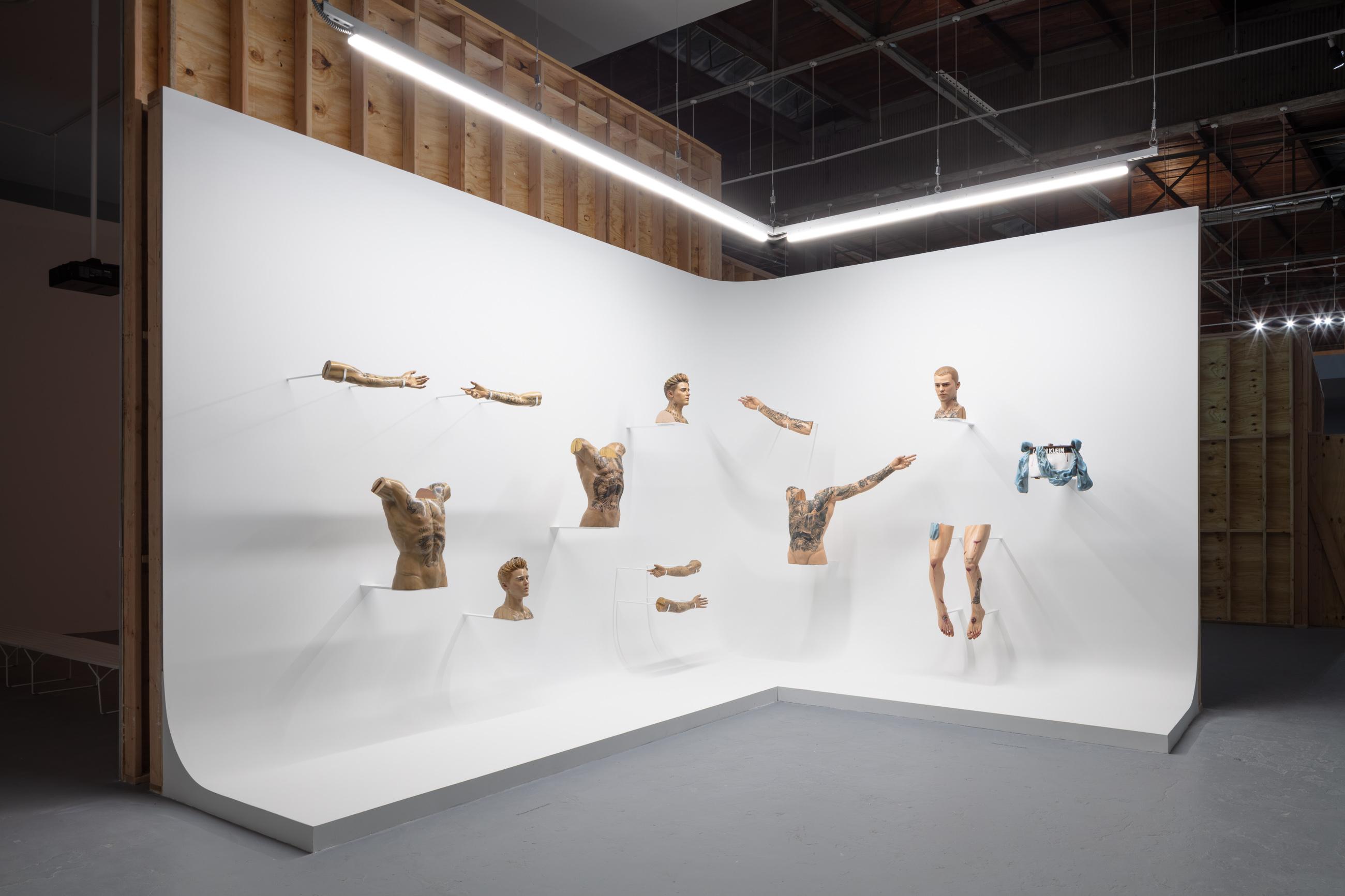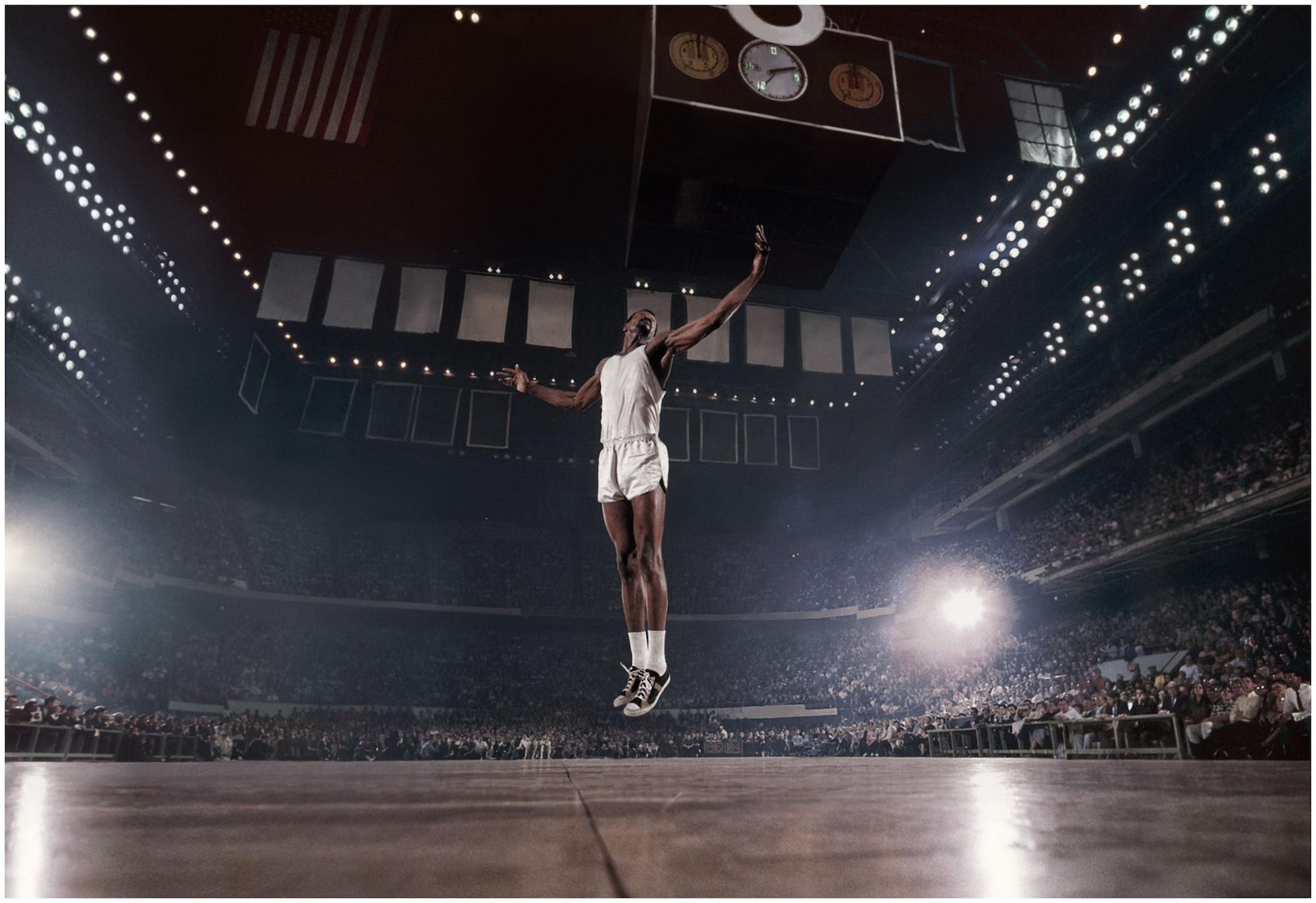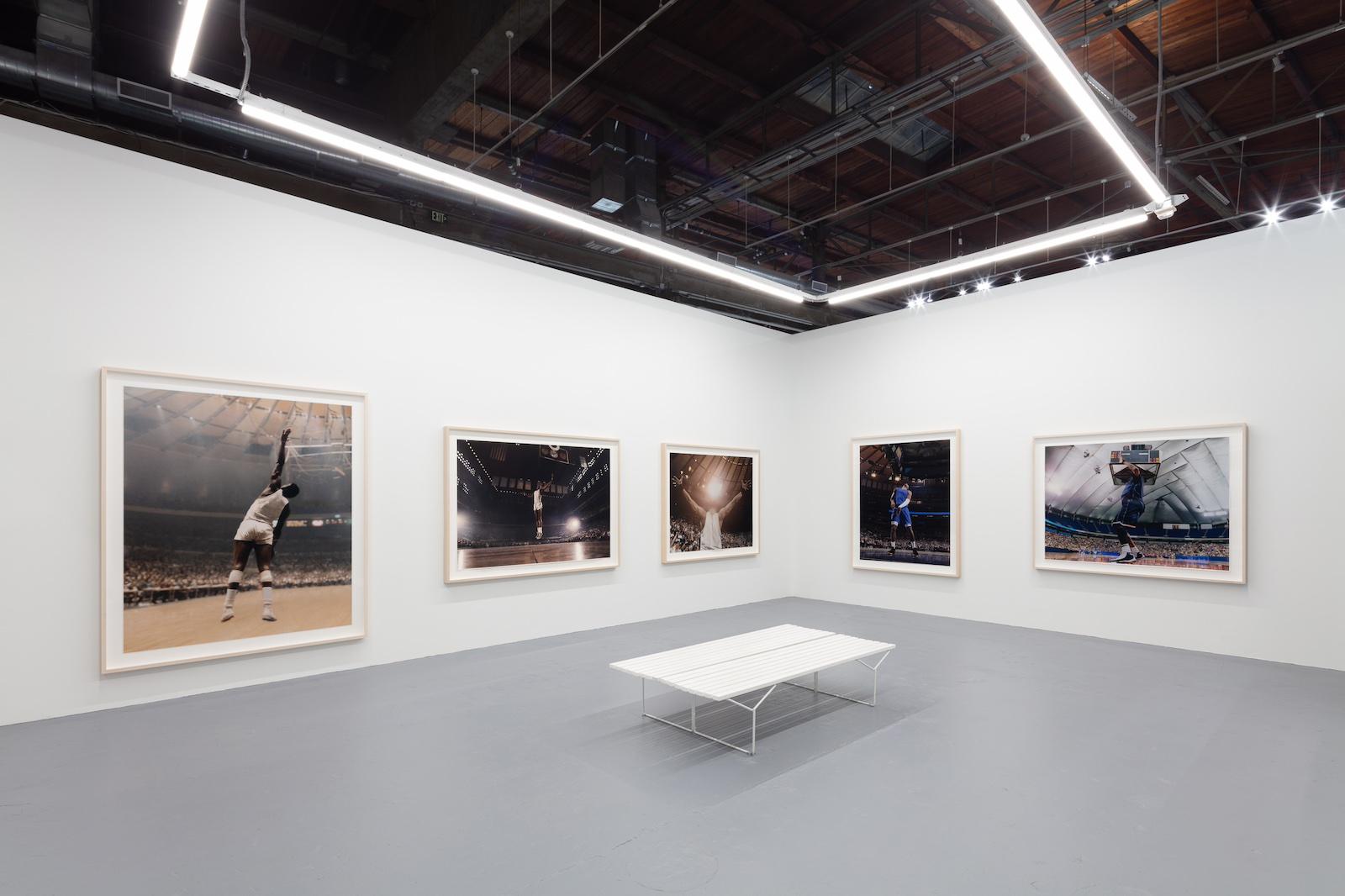Johanna Burton, Director of MOCA, emphasized the significance of the show's location in a press statement, “Paul’s work has a global reach and gives us a profound sense of the technological landscape we live in. Yet, Los Angeles offers an ideal setting for this long-awaited, ambitious exhibition. Set in the entertainment capital of the world, a city singularly poised to create–and manipulate–dreams, symbols, and mythologies, this show will have deep resonance here.” And indeed it does.
Pfeiffer is an artist who is interested in the pain-staking aspects of film production. This curiosity can be seen through his artistic process, in addition to his chosen subjects. The images and video work of meticulously edited stills and fragments normally undergo some kind of erasure or manipulation.
This kind of treatment to the medium isolates symbolic details and defamiliarizes the viewer from scenes we’ve grown accustomed to. The artist’s hand is evident in the sense that one can typically recognize what has been removed or altered, but it is done so with a precision that makes it appear natural.
































